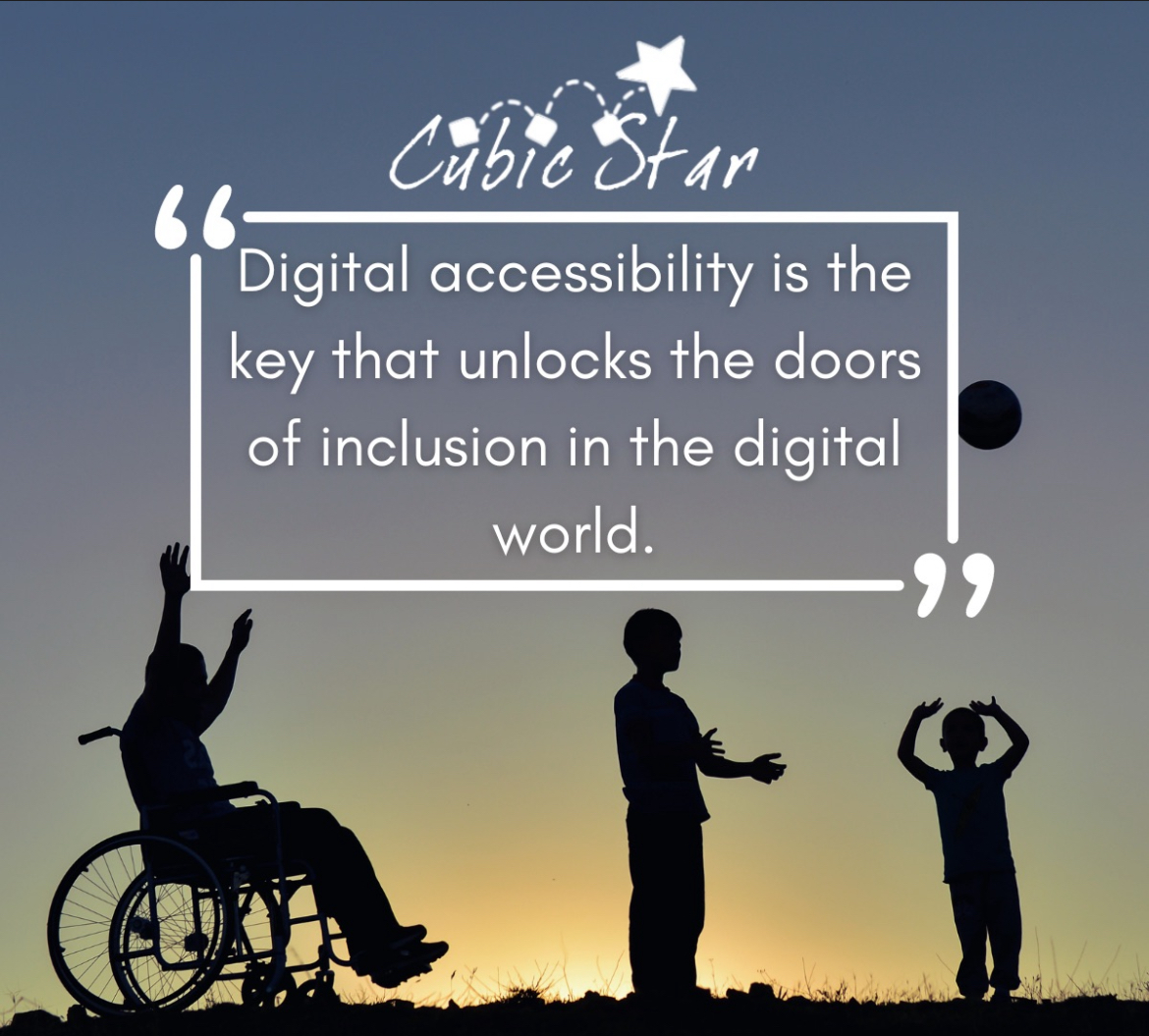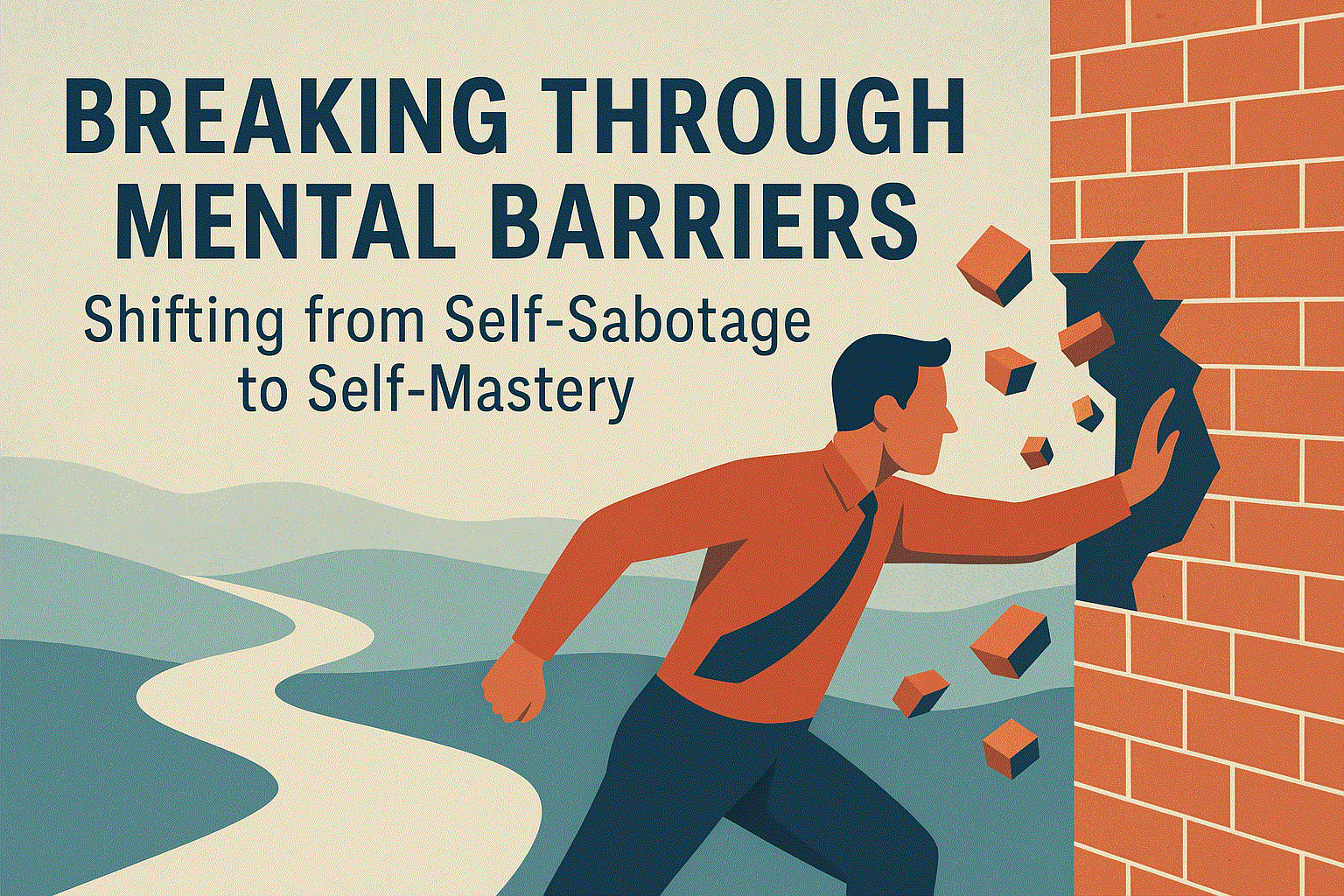Nov16

Digital accessibility stands as a fundamental pillar for business success and social equity. It's not just about meeting legal or technical standards; it represents a strategic opportunity for leaders and decision makers to reinforce social responsibility, diversity, and inclusion within their organizations.
Digital accessibility refers to the ability of individuals, regardless of their abilities, to efficiently use and access digital technology with a reasonable amount of time and effort. This encompasses everything from websites and mobile applications to devices and online platforms, as well as all products and services accessed through them.
1. Inclusion and Diversity:
Digital inclusion fosters an environment conducive to diversity, resulting in a more diverse workforce and a broader customer base.
2. Regulatory Compliance and Legal Aspects:
Beyond ethical and social reasons, with increasingly stringent regulations worldwide, ensuring digital accessibility is becoming essential to avoid legal risks and penalties.
3. Innovation and Competitiveness:
Leaders and companies prioritizing digital accessibility in their initiatives can gain competitive advantages by attracting a broader talent pool and market, fostering innovation in their products and services.
4. Reputation and Social Responsibility:
Demonstrating a commitment to digital accessibility not only enhances a company's reputation but also showcases its corporate social responsibility and commitment to people.
1. Integration from the Start:
Incorporating accessibility from the design and development phase of any digital product or service is crucial to ensure its effectiveness.
2. Education and Awareness:
Building an organizational culture supporting diversity and inclusion and educating teams about the importance and benefits of digital accessibility are essential for effective implementation.
3. Use of Technology and Specialized Tools:
Numerous tools and technologies are available to evaluate and improve the accessibility of digital products.
4. Strategy and Commitment:
The success of digital accessibility depends significantly on it being a cross-cutting strategy within the organization and not isolated initiatives, coupled with a genuine commitment to accessibility and digital inclusion.
To learn more, contact us or refer to the bibliography recommended below:
Keywords: Digital Transformation, Diversity and Inclusion, Leadership
 Friday’s Change Reflection Quote - Leadership of Change -Leaders Enable Peaceful Dispute Resolution
Friday’s Change Reflection Quote - Leadership of Change -Leaders Enable Peaceful Dispute Resolution The Corix Partners Friday Reading List - April 18, 2025
The Corix Partners Friday Reading List - April 18, 2025 Breaking Through Mental Barriers: Shifting from Self-Sabotage to Self-Mastery
Breaking Through Mental Barriers: Shifting from Self-Sabotage to Self-Mastery Why Change Really Fails: A Strategic View on People × Systems × Execution Gaps
Why Change Really Fails: A Strategic View on People × Systems × Execution Gaps Beyond the Buzz: What It Really Takes to Build a Business Ecosystem
Beyond the Buzz: What It Really Takes to Build a Business Ecosystem